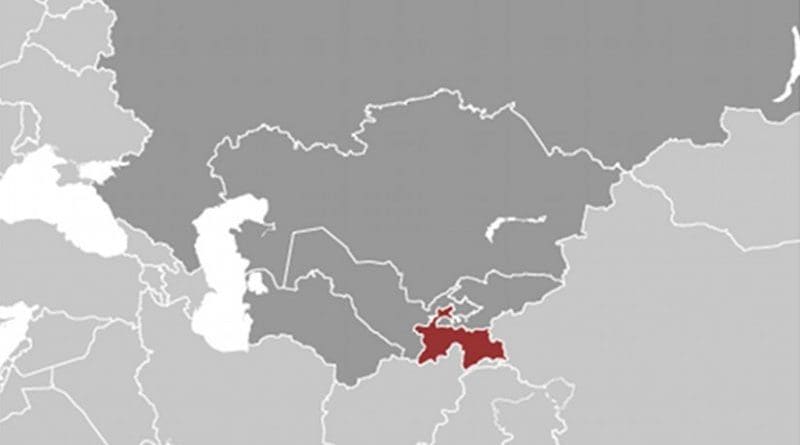Tajikistan Now One-Third Shiite
By Paul Goble
Shiite missionaries from Iran have increased the share of the followers of that trend in Islam within Tajikistan from 11 percent a year or so ago to 33 percent now, according to Dushanbe officials, a development that has already sparked intra-Islamic conflicts in that country and threatens to deepen its problems in the future.
While the expert community in the former Soviet space and the West has paid some attention to Dushanbe’s recent efforts to recall Tajiks studying in Islamic schools abroad in order to block Sunni radicalism in that Central Asian republic, few writers have paid much attention to a development that may prove even more serious.
Historically, Tajiks, although they speak a Persian language, overwhelmingly have been followers of the Sunni tradition in Islam, something that both distinguishes them from the Iranians and has limited Tehran’s influence there. But the small indigenous Shiite community has grown dramatically in recent months, thanks largely to Iranian missionaries.
In an analysis posted on the Centrasia.ru porta, Fariddun Kabirov argues that this development has been assisted both by Tajikistan President Emomali Rakhmon’s policy of rapprochement with Iran and by Dushanbe’s assumption that it has sufficient resources to counter any Shiite-Sunni clashes (www.centrasia.ru/news.php?st=1293039240).
But that assumption may no longer be justified, Kabirov says. There have already been clashes in various regions of that Central Asian countries between Sunni and Shiia Muslims, clashes that have increased in number and intensity as Shiite missionaries, exploiting Dushanbe’s approach, have “flooded into Tajikistan” and pushed a pro-Iranian line.
According to Kabirov, the Gorno-Badakhshan autonomous oblast, Khatlon and Sogdian oblasts and “even Dushanbe” are now centers of Iranian Shiites there. “It is sufficient to note,” Kabirov continues, “that a year or two ago, Shiites were on the order of 11 percent of all Muslims of Tajikistan. Today this number has more than tripled to 33.4 percent.”
The Muslim Spiritual Directorate (MSD) of Tajikistan, “just like the official powers that be,” has proved itself incapable of blocking the spread of Iranian-backed Shiism there. And as a result, the intensification of clashes between Sunnis and Shiias is now “practically out of control.”
Given this, Kabirov argues, “the Iranians or their local followers” are increasingly the dominant players in Tajik religious life among young people, and they routinely “send the young for instruction in the religious schools of Iran,” something Rakhmon opposes but has not succeeded in ending.
Kabirov adds ominously: Cultural exchanges between Iran and Tajikistan are no longer really that. Instead, Iran sends Shiite missionaries to Tajikistan, and they send Tajiks to Iran to study in order to be their future “colleagues.” Thus, “in our state is slowly but truly being formed a certain invisible army which can become a decisive weapon in future great games.”
And he asks whether this is what Rakhmon intended or now intends.
The rapid shift from Sunni to Shiia among Tajikistan’s Muslims reflects a particular feature of post-Soviet Muslim communities. Because the communist regime prevented Muslims from knowing much about their faith, few Muslims even after 1991 could define with any degree of precision differences between Shiia and Sunni.
Indeed, in many post-Soviet republics, including Tajikistan, Shiia mosques often are referred to by the population as “Iranian mosques,” and Sunni mosques are identified as “national” or “Turkish” or “Saudi” depending on who paid for them and who is the head of the local Muslim community.
In addition to making the shift from one of the trends of Islam to another easier, however, that pattern has another consequence, one which may play an especially large role in a place like Tajikistan. To the extent that those who now choose to identify as Shiia view themselves as going to “Iranian” mosques, at least some of them will tend to identify with Tehran.
That will have the effect of further weakening national identities and the state structures on which they rely and make it far easier for Iran to gain influence in a region where most observers had assumed over the last two decades that it had been largely shut out, a potentially serious development given the problems in neighboring Afghanistan.


Very weak article and stupid statements….